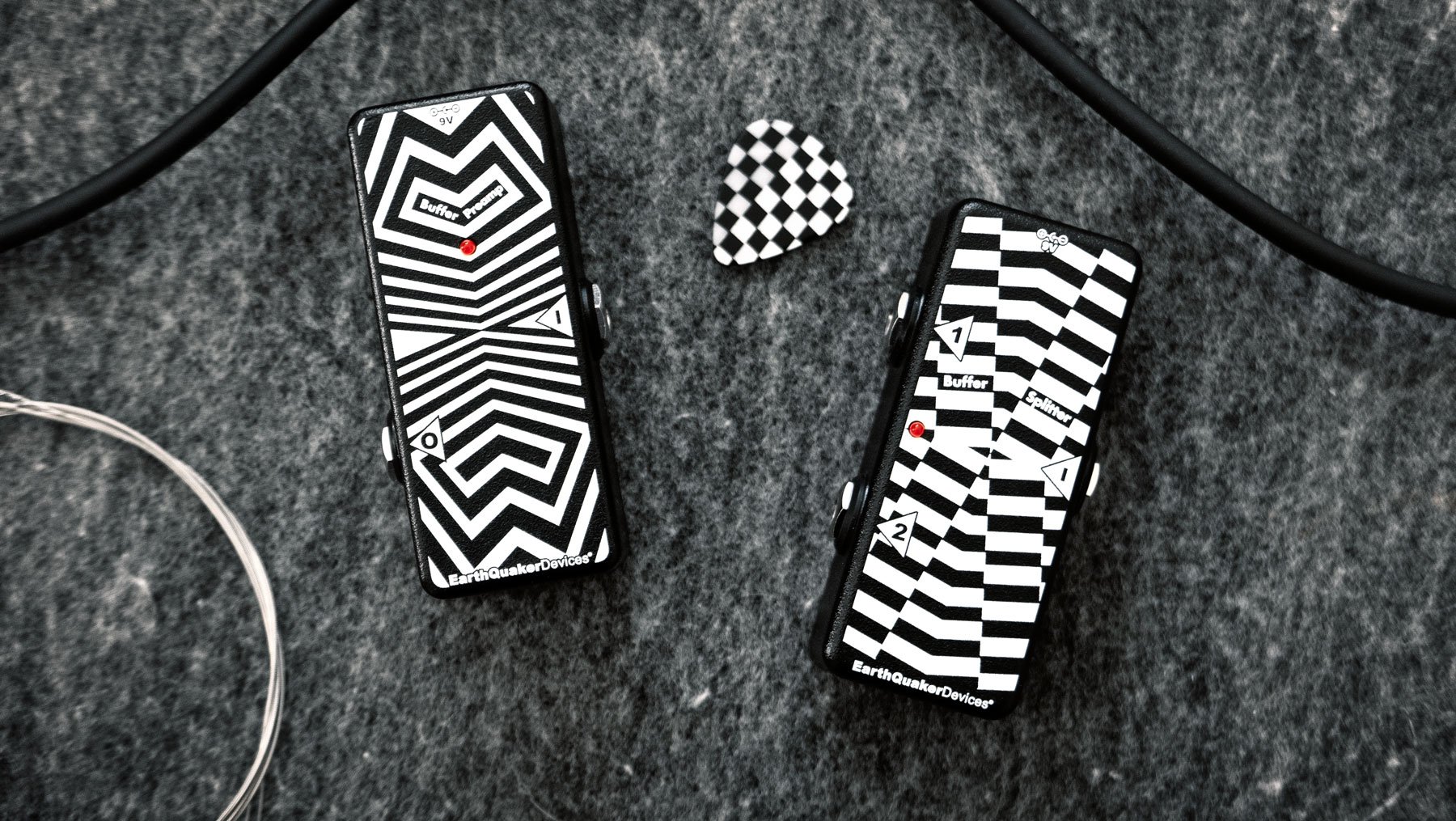7th Chords and the Blues
Gary Heimbauer
The dominant 7th chord is the combination of a major triad or a basic major chord and a minor seventh or a “b7.” This four-note chord contains the intervals of a tonic, a major third, a perfect fifth, and a minor seventh. Between the major third of the chord and the minor seventh exists the interval of a “tritone” or a diminished fifth that gives the chord its special tension and color. This chord and its tritone, in regular diatonic harmony, naturally occur as the fifth chord in a key, and it resolves itself back home to the tonic chord of the key.
For instance, in the key of A, the chord E7 (V) will resolve back home to A (I) by way of the major third of the E7 chord resolving upward by one-half step to the tonic of the A chord, and the minor seventh resolving down a half step to the major third of the A chord. Experience this for yourself right now by playing an E7 followed by an A major chord.
In this regard, the dominant seventh chord is very “functional” because it creates a special kind of tension followed by a resolution or a cadence back to a tonic chord. For this reason, it is the default seventh chord used universally in all styles of music, including the most basic children’s and folk songs. You can use a chord finder to help locate these different chords.
The other 7th chords are colorful but not really functional. That is why, compared to the other seventh chords like minor seventh (m7) and major seventh (maj7), with the dominant seventh chord, we don’t even have to say or write something like “dominant seventh” or “dom7.” For instance, “C7” or “C Seventh” means, by default, C dominant seventh.
So if there is only one of these chords in any given key, and it has a special function in that key as the V chord that resolves back to the I chord, then how is it, and why is it, that in a standard blues, we make ALL of the chords dominant 7th chords?
The short answer is … because it sounds great! All of that tension embedded into each of these three major chords by adding that minor 7th gives the blues its unique sound. Another cool thing that happens a lot in the blues is playing a minor 3rd in the pentatonic scale, which coexists with a major third in the chord itself. So in the blues, there is this constant interplay between elements of a major and a minor sound.
So now we have the theory out of the way, and we understand more about the special sound of a dominant 7th chord. Let’s go over a few different ways we can play them, so we’re not stuck playing the same three chords, in the same place on the neck, in the same way, over and over…and over again. The blues is a very simple and repetitive form, so we have to keep finding new ways to bring new life to it! One of those ways is to learn how to play the chords in the progression all over the neck.
What’s awesome about the guitar is that all the chord shapes are moveable! As you will see in the video I’m sharing, the same shapes for all three chords in an A blues! You’ll see the same shapes for A7, D7, and E7. A guitar chord chart will be helpful as you play through these chords.
Practice cycling through the different variations on each chord, staying on one chord at a time. Once you feel comfortable with this, apply it within the actual A Blues progression.
Watch the intro of this video lesson to see how I mixed and matched these different chords as an example. You can also embellish these chords by hammering on some of the notes, sliding into the chord, or playing it a half below or above just before you land on the correct fret.
To go more in-depth on how to play these guitar chords, watch the entire video lesson!
By Gary Heimbauer for Guitar Tricks and 30 Day Singer.
Photo by Kelly Sikkema.




